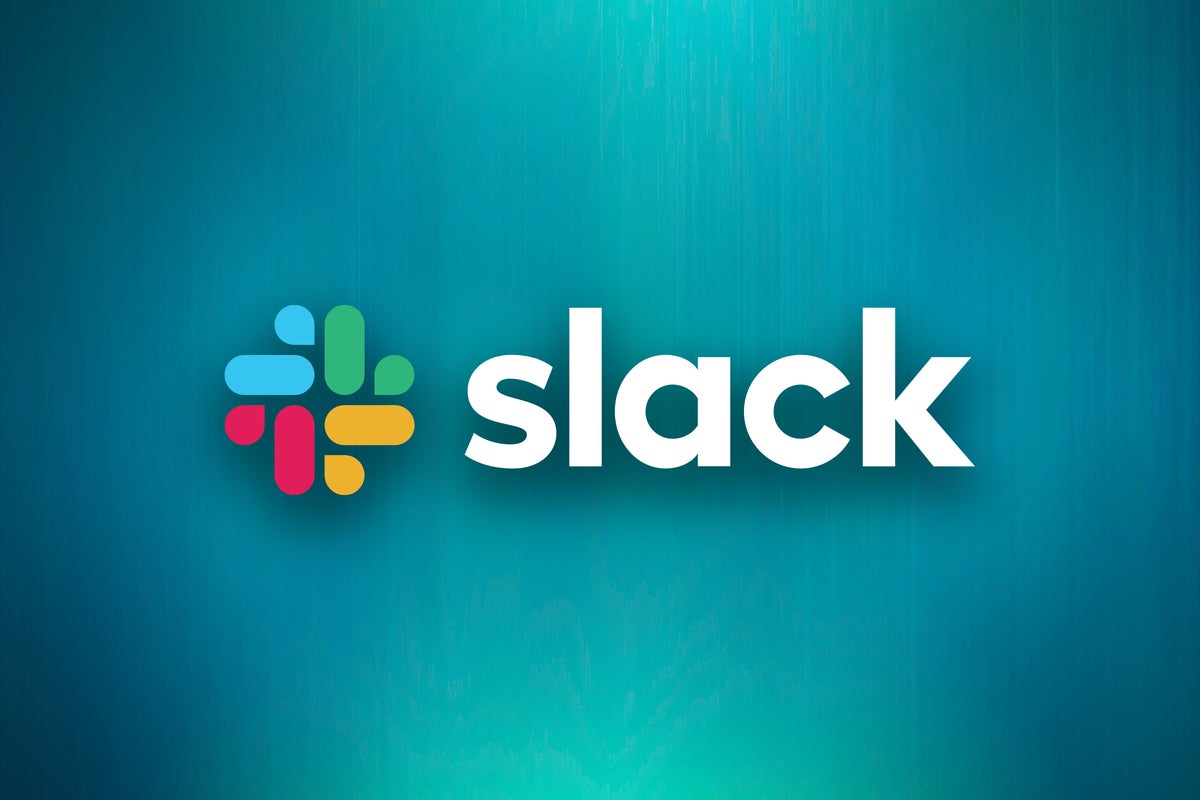Slack is rolling out a video and audio messaging tool that lets workers send short recordings to colleagues instead of scheduling lengthy meetings — another example of the growing trend toward "asynchronous" communications.
Users create short recordings — “clips” — they can send via direct messages or into channels to be accessed by colleagues whenever it's convenient. Recipients can then respond in whatever format suits them best, be it video, audio or text.
The clips, which are live-captioned, can be slowed down or sped up as desired when they're accessed. And the text from automatically generated transcriptions of video and audio is also searchable within Slack’s app.
For certain purposes, the recordings could replace video meetings that forces attendees to find time in their calendars — a challenge exacerbated by remote workers who may work across different time zones, or those with flexible schedules. Rather than scheduling a team video call for a daily status update, Slack users can record a short video outlining their progress. Or a team can record a presentation about meeting a goal that can be easily shared across the company in a more engaging manner than a written message.
“Clips are a really easy, quick way to natively record video, audio and optionally a screen share in Slack,” said Noah Weiss, Slack’s vice president of product. “It takes what Slack has always been really great at — this flexible shifting between asynchronous and synchronous communication — and adds a new layer of texture and expressivity on top.”
The launch is the latest step in Slack’s plans to broaden the ways users can work within its platform, helping to counter the video meeting fatigue that's been often cited during the pandemic-led rise of remote work. It follows the addition of Slack Huddles earlier this year, which lets users jump into real-time audio channels for more spontaneous and informal conversations.
“Slack is making it easier to communicate in more ways — text, audio, and video — and each becoming part of the team record,” said Wayne Kurtzman, research director at IDC. "While some may see this as gimmicky, people are using these emerging forms of communication; Slack is keeping up with how people communicate outside of work. That is a plus for longer term adoption and retention."
Slack clips are now generally available, and the company said the feature would roll out to paid users this fall.
Slack Connect sponsored connections
At Dreamforce this week, Slack also announced the availability of sponsored connections for Slack Connect to make it easier for businesses to collaborate with external partners, clients, and customers.
Slack Connect launched last year to enable up to 20 individual companies to chat and share files in a single dedicated channel, rather than setting up guest accounts. Some 90,000 organizations are now using Slack Connect, Slack said.
The feature was previously accessible only to paid customers, meaning that all parties needed a subscription to enter a shared channel Connect. But later this fall, customers of Slack’s premium business product — Enterprise Grid — will be able to host external partners without requiring that they also pay for Slack.
These external users will be able to access paid Slack features, such as Huddles and “clips,” when collaborating within a sponsored Slack Connect shared channel. Outside of the shared channel, they will have the same access to product features as free tier users.
Slack customers on other payment tiers will still need external partners to pay for Slack after a 90-day free trial period.
GovSlack arrives '22
Slack also previewed GovSlack, which essentially enables public sector customers to meet the most stringent government compliance demands when using the collaboration tool. This means increasing FedRAMP compliance from Moderate (added last year) to High and adding DoD IL4.
GovSlack runs in a separate instance within Slack’s Amazon Web Service-hosted data centers, specifically the AWS GovCloud (US) cloud.
“It's Slack in a walled GovSlack island that you can't get out of, but you can work with many other agencies and companies within it,” said Weiss. This means, for instance, that US government agencies and their contractors will have access to a separate version of Slack Connect to collaborate in while maintaining compliance with industry regulations.
While Slack has been “government-ready” for some time, said Kurtzman, having GovSlack makes the proposition clearer to public sector customers. “This saves Slack and Salesforce from having to explain that Slack is government ready — and they can get to the needs that government buyers are trying to solve.”
GovSlack will be available to Enterprise Grid customers next year.






